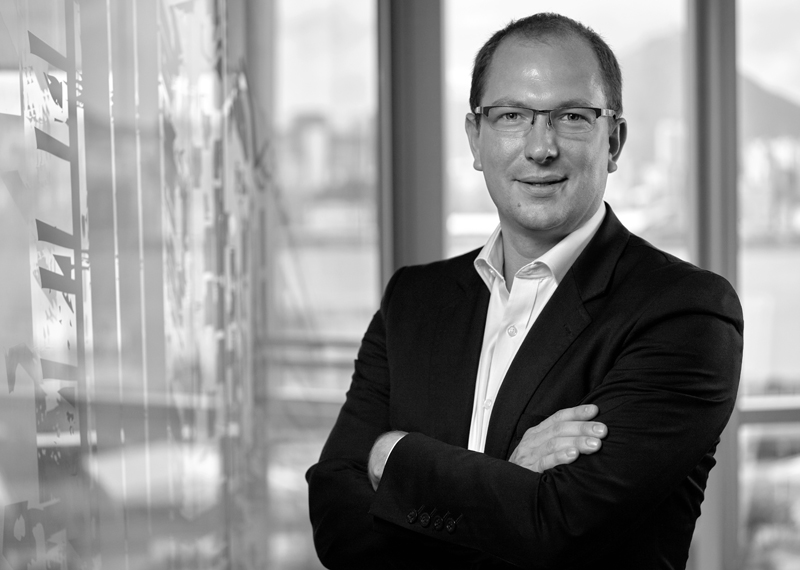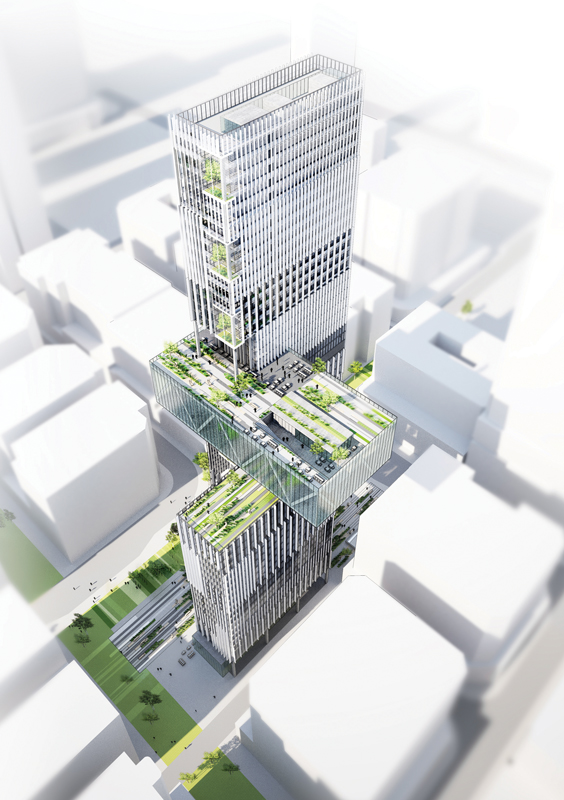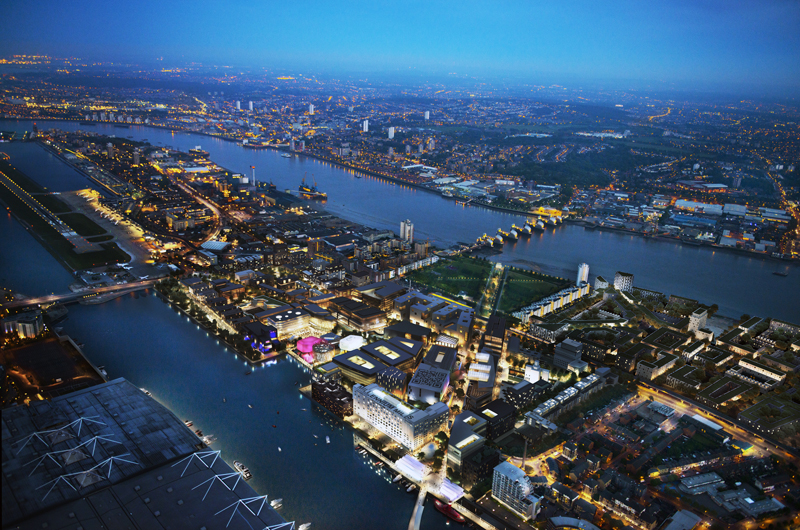Benoy, the global studio of Architects, Masterplanners, Interior and Graphic Designers recently announced the appointment of Tom Cartledge, former Global Director – Commercial and Operations, to the role of CEO. PRC Magazine spoke to Tom about his appointment, being at the helm of a team of designers working on the cutting edge and moving forward into a new era.

What are you most excited about in taking the reins at Benoy?
I see this as an incredibly exciting time to be leading a firm of innovative designers and creatives. With the rapid evolution of global business, new building typologies emerging and consumer needs quickly reshaping our built environment; we are working in a dynamic environment with a great opportunity to showcase the talent of our design teams at the forefront of the industry.
What were your previous responsibilities and how do you see your experience as being of benefit to your new role?
I have been fortunate to work across the industry, first in retail agency, then as a client within a global retailer and now as a leader of a design business. All three experiences have had an influence on what I bring to my role at Benoy.
Working within an agency allowed me to appreciate the need to connect people to create opportunity and understand the importance of the bottom line in any transaction or deal. On the client side, I learnt a lot about myself and the importance of personal and team development in achieving your aims and objectives.
Now proudly leading Benoy, these experiences have helped to inform me as I shaped the business objectives and guiding vision for the company earlier this year. To be a truly cutting-edge and sustainable design practice which positively gives back to the communities in which we work now strongly underpins all of our work.
What are the greatest challenges facing the Asian building industry in 2016?
That’s a broad question to cover but if I can speak in general terms, the phrase ‘Disrupt or be disrupted’ is quite pertinent. To survive in the market today, differentiation is key and understanding the role of the ‘Experience economy’, over traditional goods and services, and how this is influencing the building industry is extremely important, yet one of the biggest challenges.
In Singapore, Benoy seems to be involved with projects that are much greener than we see in Hong Kong. Why is Hong Kong not greener than it is?

Benoy Fellowship Submission Winners – Jessica Wilkinson, Clarissa Wenborn from Benoy UK Studio
Singapore is definitely a leader in innovating and supporting the green agenda. As with all advancements in the industry, there is an adoption curve and we will see some cities progressing faster than others. As technology changes and becomes more accessible, and as the planning principles which underlie the development process evolve, we will see cities like Hong Kong begin to transform.
What can Singapore teach Hong Kong about green building?
What Singapore does best is bring the principle of ‘Humanising’ a building to the forefront of the design approach. This is underpinned by their progressive planning principles which provide the incentives and support for developers and designers to do this. Many cities around the world, including Hong Kong, can learn much from this strategy.
In architecture does Hong Kong boast any unique qualities and are there any ways that our designers out-compete our regional neighbours?
I love coming to Hong Kong and it is extremely distinct as an urban city. It is a place of very real contrasts, dense development hemmed in by a significant green wilderness, historic fishing villages alongside a skyline of modern high-rises. The scarcity of developable land has however driven values to be some of the highest in the world, driving the demand for highly efficient and sustainable development models.
What Hong Kong does best are these high-density, compact and mixed-use hubs which have multi-modal transport interchanges at their heart. Designers here are specialised in the three-dimensional planning of mixed-use activity spaces, connecting developments in a way that is intuitive to the movement of people which is quite unique.
What if anything is missing in Hong Kong that would make our buildings more outstanding?
This is a question our designers explored as part of our Peter McCaffery Fellowship this year, an annual research competition. Hong Kong provides much inspiration in terms of best practice, mixed-use tall buildings. However, as the typology of tall buildings changes, what is it that we want from our high-rise cities of the future?
For us, we see it as acknowledging that there is a need for introducing public realm, not only on the streets but at higher levels. Together with the notion of three-dimensional connectivity between buildings, the thought of Hong Kong having a new kind of walkable city in the sky is an exciting prospect and one which we hope to explore more in the future.
Post-Brexit how important is the British origin of Brand Benoy? Does Brand Britain still add value to British companies with an international presence? How so?
We are a proudly British firm and our heritage is a strong pillar for the company. We are also an international business and design brand, working in more than 80 countries with a truly multi-cultural and diverse team based in studios around the world.
Throughout Benoy’s 70 years, the practice has evolved and negotiated entry into new markets as we expanded overseas. While the EU vote looks to change the working relationships for British businesses across the region, we are confident in our position to operate within these new conditions and remain both successful and competitive, as we have done in the past.
British design will always be highly regarded, but I also recognise that in the global marketplace in which we work today, competition is strong. If you want to succeed, you need to be on the ground and be committed to innovating your business.
Do you have a pet project that you would like to see built under your tutelage as the new CEO and what and where might this be?
There is a project in London called Silvertown which I have been heavily involved in and which I am proud to say will become a global first once complete. For those who don’t know the location, it’s a regeneration site in east London soon to be connected in 15 minutes to Central London via the Crossrail. The client, Sir Stuart Lipton, has brought together a fantastic group of forward-thinking consultants to imagine what the future of ‘Live, work, play’ developments will be.

Silvertown, East London, UK
Benoy is leading the design strategy for the heart of the scheme – a 232,000 square metre brand experience hub which will allow global businesses to engage with the customers, clients and staff like never before. This isn’t Retail. This is social engagement and business creativity at its best and there are many underlying lessons for the retail property industry to consider.
Is there anything specific that you would like to share with the readers of PRC Magazine?
Working with our designers so closely, I am always so proud of the work which Benoy is delivering. In October, our Hong Kong Team unveiled their concept for the pedestrianisation of one of the city’s most famous streets, Des Voeux Road Central. This will be featured in the next issue of PRC Magazine and I look forward to bringing you all more on this exciting future proposition for walkable districts for this wonderful and vibrant city.












